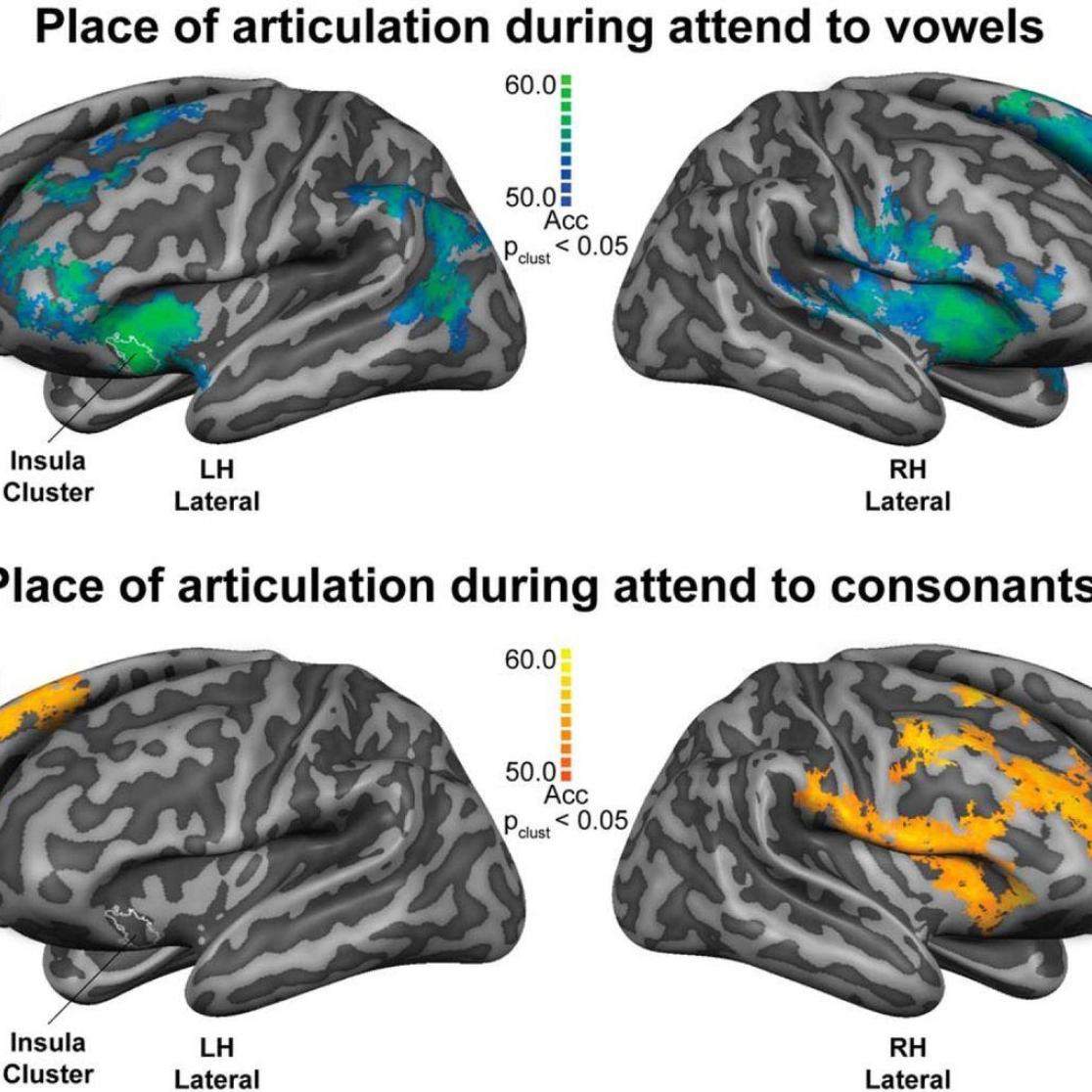Epilepsy
Crossroad
Research theme: Monitoring
Clinical pillar: Epilepsy
Registration of brain activity is clinically used in different groups of patients and diseases for diagnostic purposes. Using extra- and intracranial recordings of brain activity, we aim to gain insights into the neural circuits and correlates of cognitive processes in epilepsy patients and into the effect of several pathological conditions on brain function in neurological patients. Activities are in collaboration with the Faculty of Psychology and Neuroscience and Kempenhaeghe/ Academic Center of Epileptology (ACE).
Unique contributions and highlights
- VENI grant for Christian Herff.
- NWO Crossover grant work package for Pieter Kubben.
- Real-time decoding pipeline with intracranial electrodes.
- State-of-the-art machine learning on neurophysiological signals.
- Translational goal of brain-computer interface research: Enable paralyzed patients to move and speak in the future.
Sensorimotor Representation of Speech Perception
Using fMRI in two different language tasks, we have shown that the cortical representation of place of articulation features generalised across manner of articulation during attentive syllable perception. This supports sensorimotor integration during attentive speech perception and demonstrating the value of generalisation.
Figure: fMRI place of articulation.

Electrocorticography (ECoG)
A novel approach for enhanced identification of eloquent cortical areas using Electrocorticography (ECoG) in patients with medical-refractory epilepsy.
Low frequency power in the ECoG during cognitive testing can contribute to the identification of eloquent areas in patients with focal refractory epilepsy improving its precision but does not replace the need of electrical stimulation mapping ESM (Archila-Melendez et al, submitted).
Speech Decoding from Intracranial EEG
Many patients lose or never gain the ability to speak. A neuroprosthetic device that directly translates brain activity into a speech output could enable these patients to communicate with friends and family. Using intracranial EEG, we have shown that the sequence of spoken words can be decoded directly from neural data (Herff et al., 2015) and that direct synthesis from speech is also possible (Herff et al. 2019, Angrick et al. 2019).
Brain-Computer Interfacing from sEEG
The vision of controlling computers without the need for muscle movement could help patients suffering from various forms of paralysis. Intracranial depth electrodes have huge potential to create such Brain-Computer Interfaces (Herff et al. 2020), as they measure localized brain activity from a variety of brain regions, including cortical and limbic areas. These distributed sampling could enable applications such as memory prosthesis, robotic arm control and navigational decoding.
Neuro-monitoring in critically ill patients
In the first part of this project, we aimed to improve existing detection algorithms of epileptic seizures and asymmetric cerebral activity (Bogaarts et al. 2014, Bogaarts et al. 2016). In the current project we aim to determine the current position of continuous EEG (cEEG)-registration in the Intensive Care Unit , its association with patient outcomes and to establish detection-algorithms to move cEEG from registration to monitoring, ultimately leading to better treatment, outcome and prognostication (Hilkman et al. 2017, Hilkman et al. 2018).
